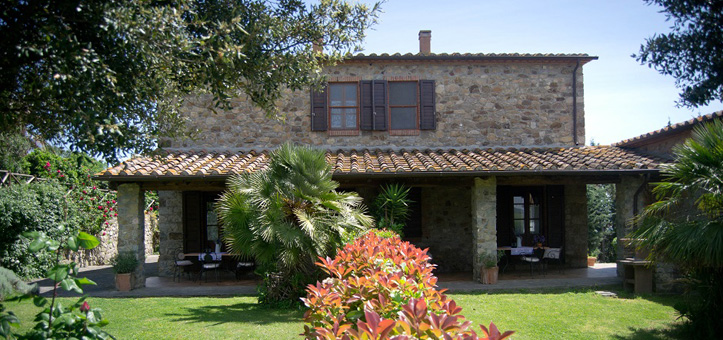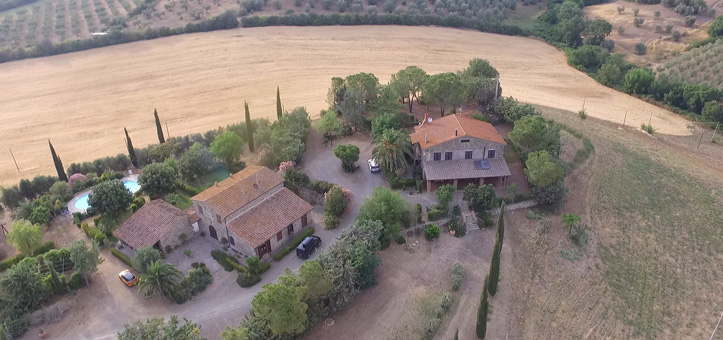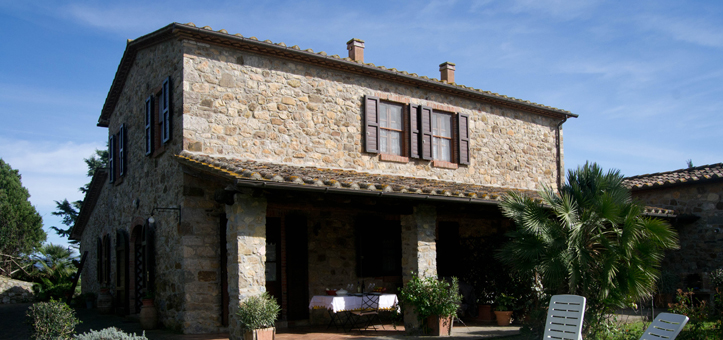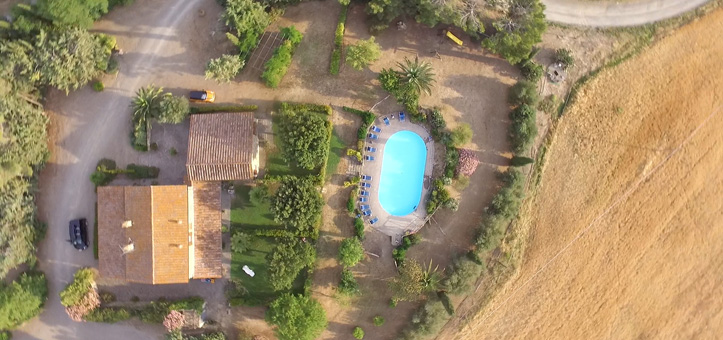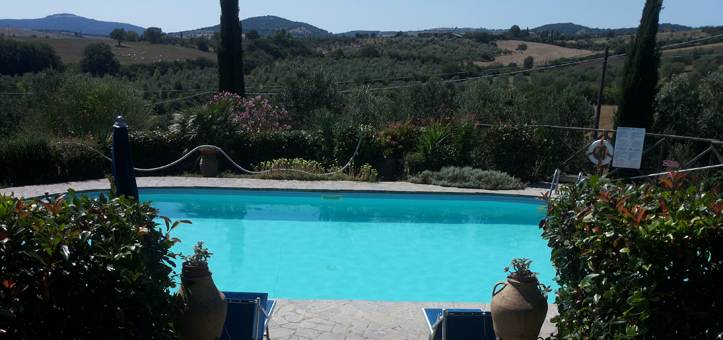The territory: to know more
Grosseto and its province. The city, capital of one Tuscan province, lies in a green plain traced by the down river Ombrone. It’s province includes Giglio and Giannutri isles.
Grosseto, Episcopal seat since 1138, became the feud of the Aldobrandeschi family, then later fell under Senese dominion, fallowing its fortune, and finally under the rule of Cosimo de’ Medici in 1559. Later, the arrival of the Grand dukes of Lorraine (XVIII century) favoured the definitive rebirth of the Maremman provincial capital.
Most significant monuments of the city are the St. Lawrence Cathedral, the Cassero Senese, the Medicean city walls, the Fortress, the church of San Francesco.
In this area, originally inhabited by Etruscans, till now is possible to admire numerous archaeological findings: Etruscan tumuli, elegant Graeco-Roman constructions, imposing castles, Romanesque churches and cathedrals, superb patterns of Gothic architecture and certainly an extraordinary blending of all these styles.
You would not remain indifferent neither to the marvellous sandy beaches, to the countless inlets and lagoons of Grosseto province. Along the coasts lengthen enchanting pine-woods, the hills and the cliffs are covered by Mediterranean flora, the fishing villages are full of boats and yachts.
On the northern part there are picturesque mountainous areas, covered by chestnut-tree woods. The magnificent mountain Amiata, originated by a volcano, is rich in mineral springs and is suitable for winter sports.
Castiglione della Pescaia is a luxurious resort, risen around a previous medieval village. The surrounding beach is well-equipped and fits for many types of water sports. On the nearby dunes and pine-woods is possible to bike or horseback ride.
Punt’Ala is one of the most exclusive resorts of the Tyrrhenian Sea. Its fame is also due to the well-known local yacht-club. This refined place lies inside a big pine-wood and appears as a little town on a small scale. The sandy coast is interrupted by some wonderfully equipped beaches which extend to the spectacular Cala Martina e Cala Violina bays.
Massa Marittima. In the historical centre of this attracting township, is preserved a good deal of past ages architectural proofs. This town, find by Etruscans, reached a remarkable importance in the IX century, when became Episcopal residency.
In the centre stands the Cathedral (XIII-XIV century), a construction in Gothic-Romanesque style and an authentic treasure of holy art. To the XIII century dates back the imposing Palazzo Pretorio, while to the XIII-XIV century the majestic Palazzo Comunale in Romanesque style, risen by the union of some medieval house-towers. Amongst other remarkable buildings, have to be numbered the St. Francesco’s church, the Fortezza dei Senesi, the Episcopate, the Palazzo dell’Abbondanza, the archaeological and mineralogical museum.
Monte Argentario is another remarkable Tuscan resort. Once Argentario was a rocky isle coverd by a thick Mediterranean vegetation; nowadays it is attached to the mainland by two sandy isthmuses, where grow pine-woods. These two natural beaches are divided by the Orbetello lagoon, protected as a natural state reserve.
The extraordinary lagoon tranquillity opposes to the fervent life of the Monte Argentario coasts. The most important township of the peninsula is Porto s. Stefano, places on wide terraces spreading to a picturesque bay. On the eastern coast is situated Porto Ercole, a pleasant seaside resort, become in the last years centre of the international tourism, thanks to its beaches. From Porto s. Stefano regularly leave boats to Giglio and Giannutri isles.
The so called “Città del Tufo” are situated along one of the most interesting routs of Maremma. These are three towns fortified by Aldobrandeschi family: Pitigliano, surrounded by tufo walls beyond which opens a wonderful view. Sovana, famous for its ancient fortified walls, for its Etruscan paving and for his native son, monk Ildebrando, who afterwards became Pope Gregory VII; finally Sorano, placed on the slope of a dormant volcano, and celebrated for its medieval fortress and castle, for its picturesque gorges and enchanting alleys.
These three townships are situated in the neighbourhood of the famous and luxurious Saturnia spa, risen on ancient Roman and Etruscan settlements, and nowadays known for its sulphurous water springs.

